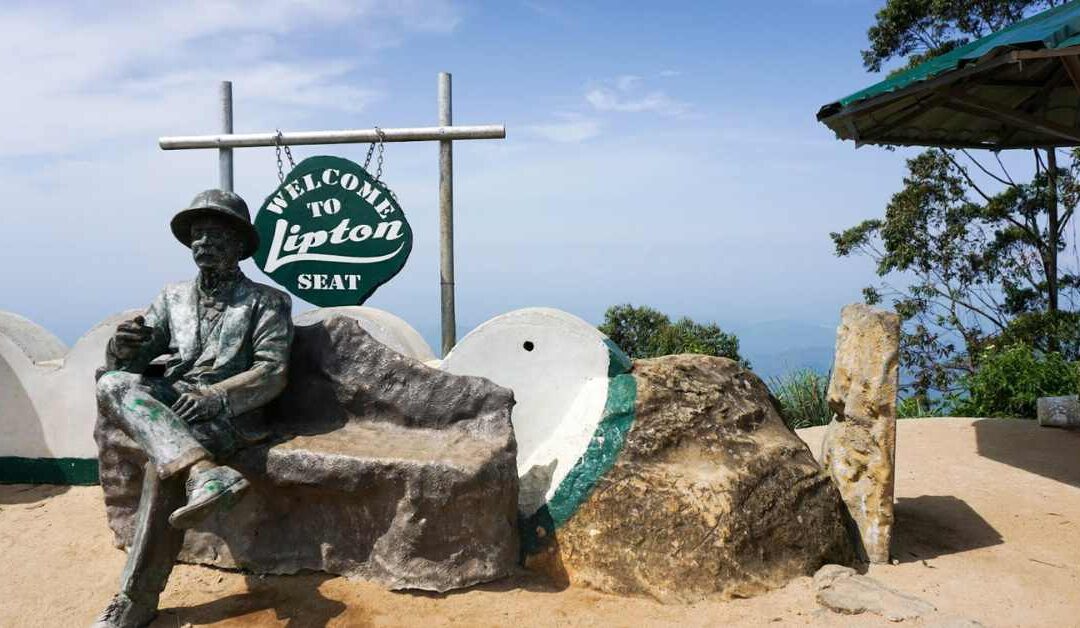Lipton’s Seat is a breathtaking viewpoint located in the hills of Haputale, Sri Lanka. Known for its panoramic views and connection to the country’s tea history, it is one of the most popular tourist attractions in the region. This spot is tied to the legacy of Sir Thomas Lipton, a key figure in Sri Lanka’s tea industry, and offers visitors a chance to explore its natural beauty and cultural significance.
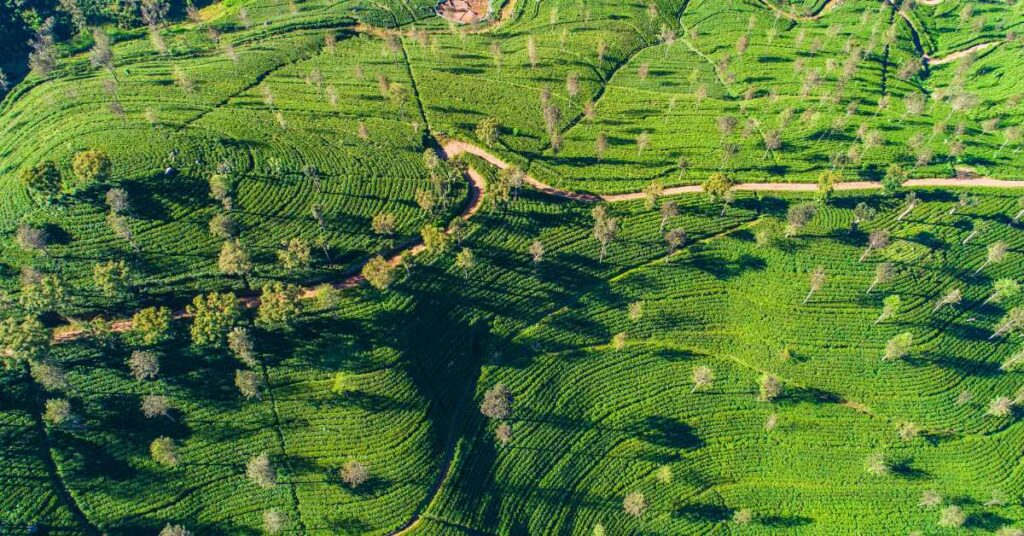
The History Behind Lipton’s Seat
The Foundation of the Tea Industry
Sri Lanka’s tea industry began in the 19th century with James Taylor, a Scottish planter who established tea cultivation in the region. Taylor’s work transformed Haputale’s fertile hills into thriving tea estates, setting the stage for Sri Lanka to become one of the world’s leading tea producers.
Sir Thomas Lipton’s Contribution
Following Taylor’s initial success, Sir Thomas Lipton expanded the tea trade on an international scale. Known for marketing tea as an affordable luxury, Lipton played a vital role in popularizing Ceylon tea globally. Lipton’s Seat serves as a tribute to his efforts and offers a chance to appreciate the vistas that inspired his work.
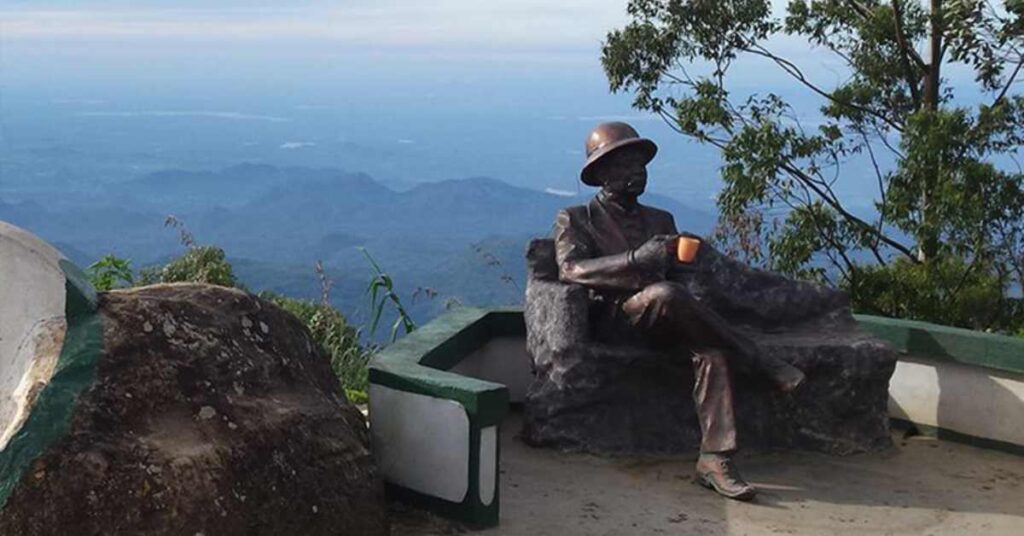
How to Reach Lipton’s Seat
Transportation Options
Travelers have multiple options for reaching Lipton’s Seat. A scenic train ride to Haputale is a popular choice, offering stunning views of misty mountains and lush greenery along the way. Alternatively, private vehicles and tuk-tuks provide convenient access to the area.
Trekking or Driving
Visitors can choose between hiking through tea plantations or driving up to the viewpoint. The trek takes you through the serene landscape of Haputale’s tea estates, where you can enjoy the tranquility of nature. Driving is an easier option and is suitable for families or those with limited time.
Stops Along the Route
A visit to the Dambatenne Tea Factory, built by Sir Thomas Lipton himself, is highly recommended. The factory provides insights into the tea production process and offers a glimpse into the history of the region.
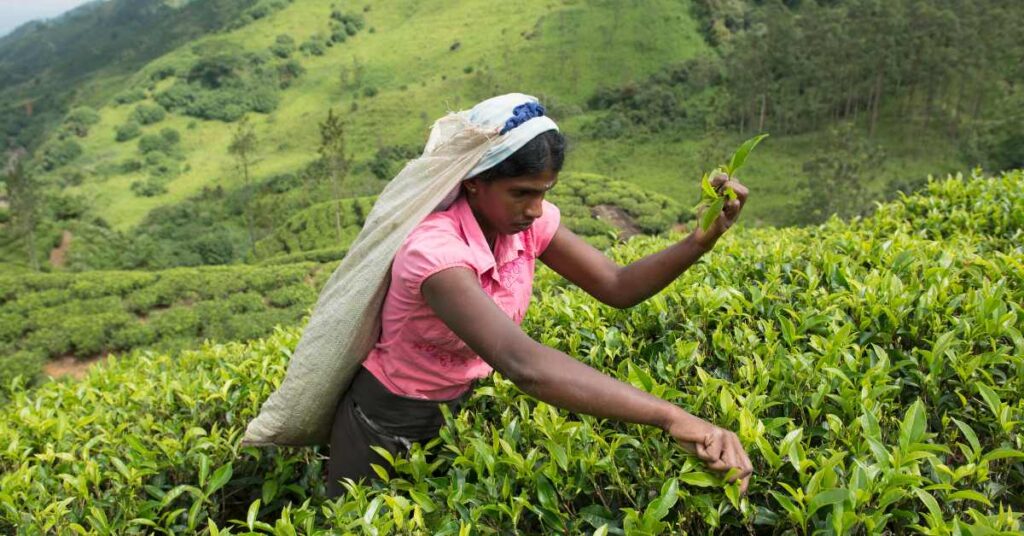
What to Expect at Lipton’s Seat
Captivating Views
Lipton’s Seat offers sweeping views of tea plantations, valleys, and distant mountain ranges. The picturesque scenery is perfect for photography and relaxation.
Sunrise and Sunset
Early morning visitors are rewarded with stunning sunrises, where the rising sun bathes the landscape in golden light. Sunsets are equally mesmerizing, with warm hues painting the sky and hills.
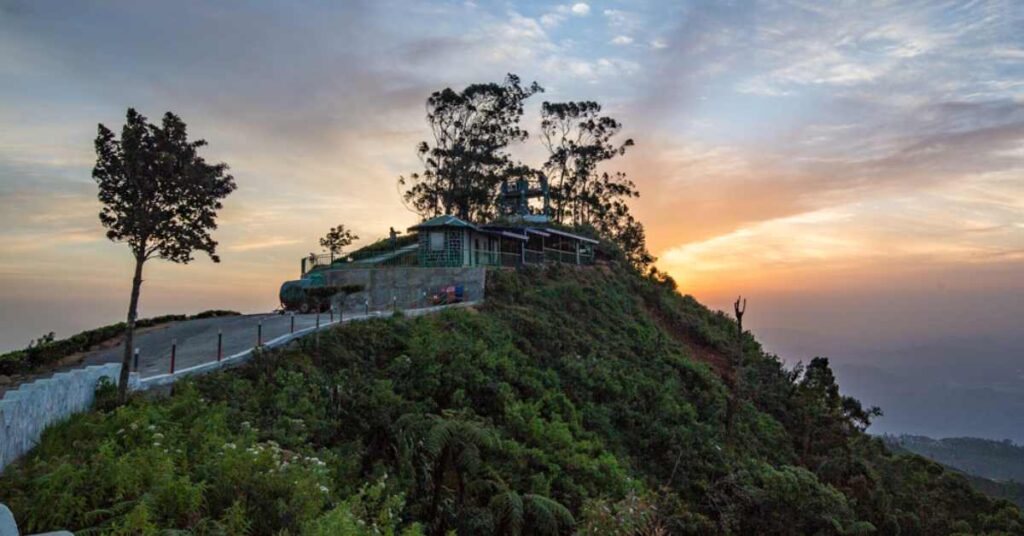
A Peaceful Retreat
The calm and quiet atmosphere of Lipton’s Seat makes it an ideal spot for those looking to escape the hustle and bustle of daily life. It’s a place to unwind and connect with nature.
Experience Haputale’s Local Culture
Warm Hospitality
The locals in Haputale are known for their friendliness and hospitality. Engaging with them offers a deeper understanding of the region’s culture and traditions.
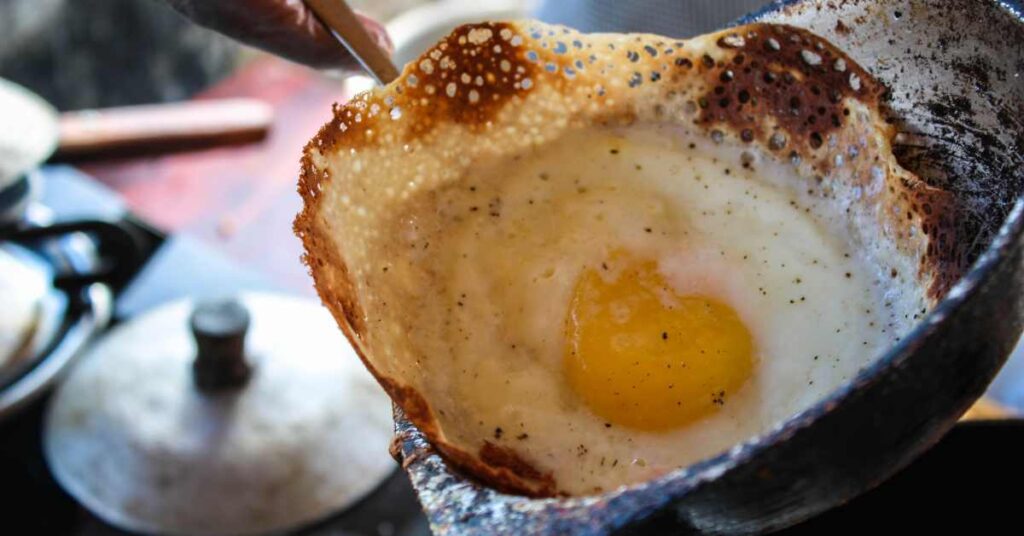
Sri Lankan Cuisine
While in Haputale, try some of the delicious local dishes. From aromatic rice and curry to sweet treats like coconut-based desserts, the region’s food is a treat for the taste buds.
Planning Your Visit
Best Time to Visit
The best time to visit Lipton’s Seat is from December to March, during the dry season. Early mornings are ideal for clear views and pleasant weather.
What to Pack
Be prepared for the cool climate by bringing layered clothing. Comfortable shoes are a must for trekking, and a camera will help capture the incredible scenery.
Sustainable Tourism
Visitors are encouraged to respect the environment by avoiding littering and adhering to local guidelines. Supporting local businesses and interacting respectfully with the community enriches the travel experience.
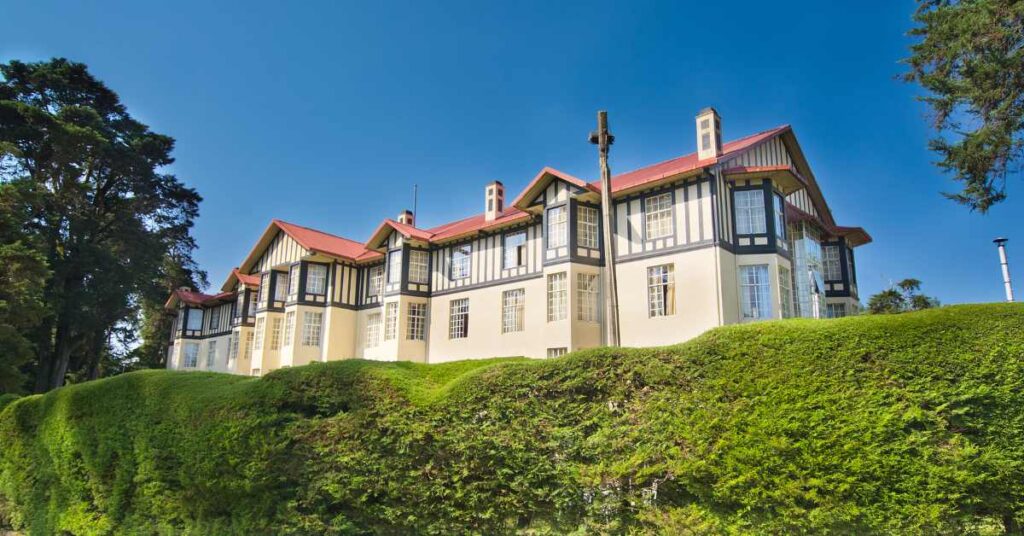
Why Lipton’s Seat is Worth Visiting
A Blend of History and Nature
Lipton’s Seat offers more than just stunning views—it’s a place that connects visitors to the rich history of Sri Lanka’s tea industry. From the stories of James Taylor to Sir Thomas Lipton’s global impact, the viewpoint is steeped in cultural significance.
A Photographer’s Dream
For photography enthusiasts, Lipton’s Seat is a dream come true. The changing light conditions throughout the day create unique opportunities to capture the beauty of Sri Lanka’s highlands.
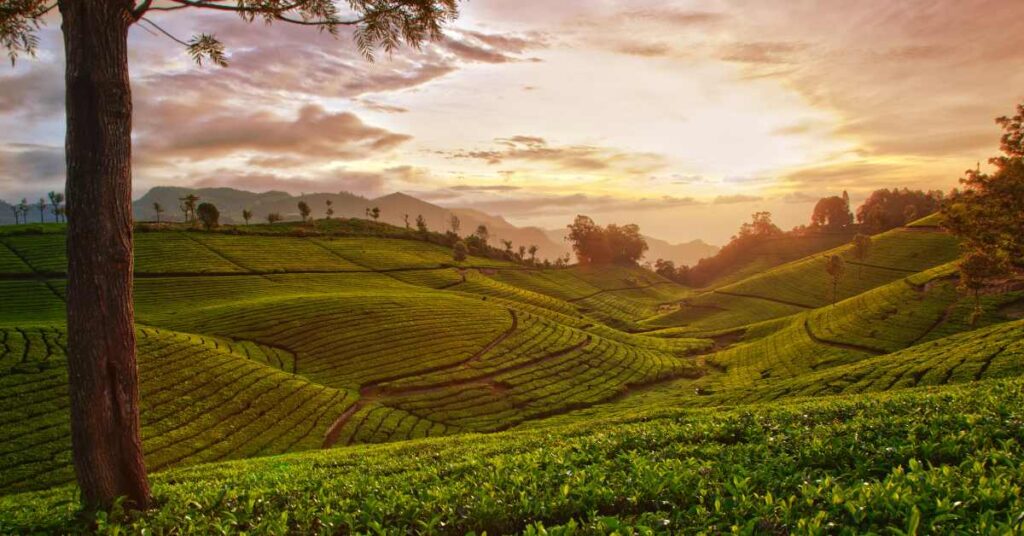
A Perfect Day Trip
Whether you’re traveling solo, with family, or with friends, Lipton’s Seat makes for an unforgettable day trip. The journey to the viewpoint, combined with the serene surroundings, ensures a memorable experience.
Conclusion
Lipton’s Seat is a destination that combines natural beauty, historical importance, and cultural charm. Whether you’re drawn to its stunning landscapes, intrigued by its tea history, or simply looking for a peaceful escape, this viewpoint in Haputale has something for everyone. Plan your visit to Lipton’s Seat and experience the essence of Sri Lanka’s highlands for yourself.

